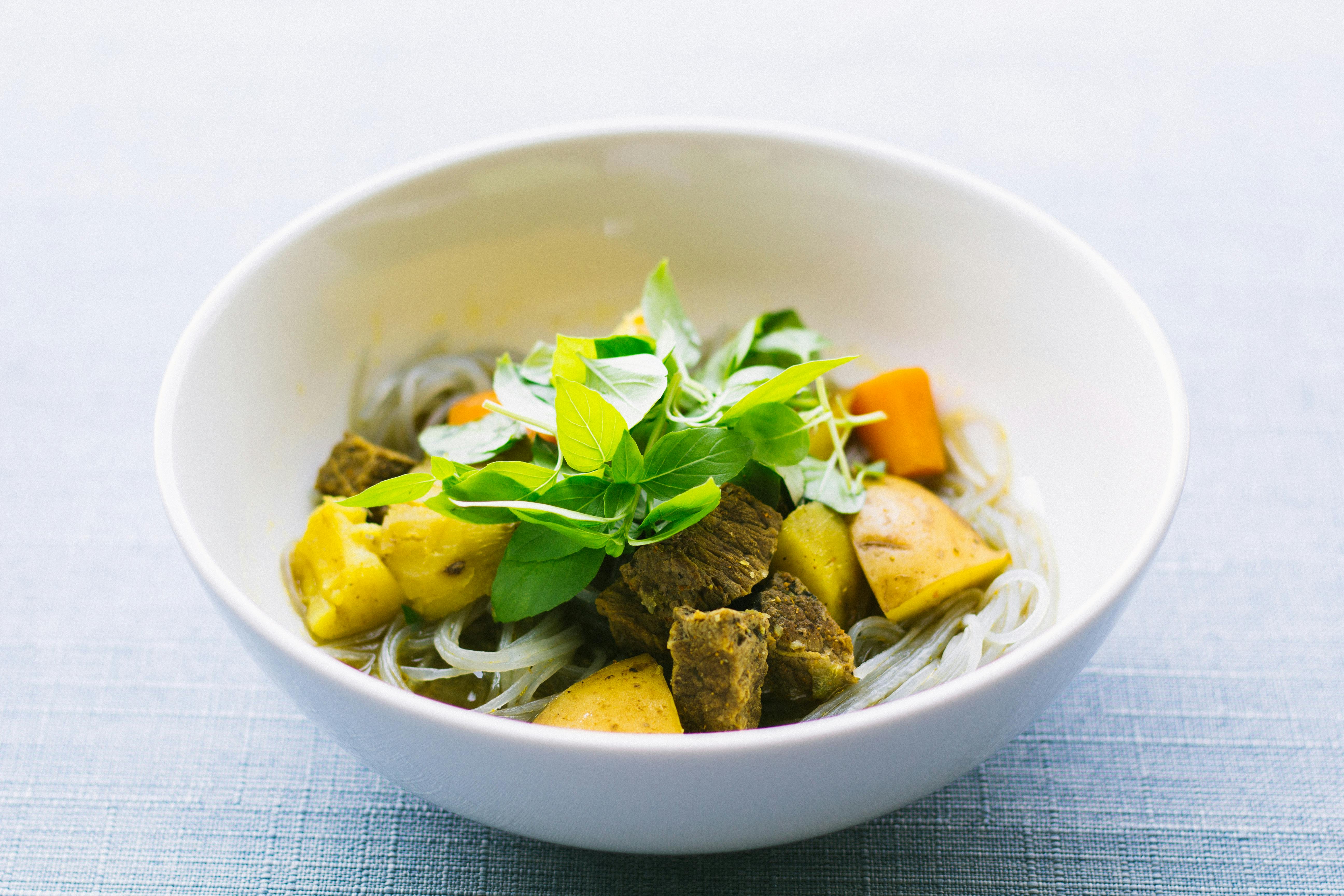Discovering the Delights of Vietnamese Cuisine: A Beginner's Guide
Vietnamese cuisine is a celebration of flavors, textures, and colors. This culinary gem is a harmonious blend of sweet, sour, salty, and spicy, creating a unique taste profile. The cuisine is renowned for its fresh ingredients, minimal use of oil, and reliance on herbs and vegetables. This makes it one of the healthiest yet most flavorful cuisines globally. This article will take you on a journey through Vietnamese food, highlighting its uniqueness, popular dishes, ingredients, cooking techniques, and the emerging trends in Vietnamese cuisine.

The Uniqueness of Vietnamese Cuisine
Vietnamese cuisine is unique because it beautifully balances the five fundamental taste senses in each dish. The cuisine is built upon a foundation of rice, noodles, fresh vegetables, and herbs, and it’s often accompanied by a rich broth or dipping sauce. One distinct feature is the use of fresh ingredients. Fresh herbs like mint, coriander, basil, and lemongrass are generously used in most dishes, adding a burst of freshness and aroma.
Popular Dishes in Vietnamese Cuisine
Pho is undoubtedly the most famous Vietnamese dish. This rice noodle soup is traditionally made with chicken or beef, topped with fresh herbs, and served with lime and chili on the side. Another popular dish is Banh Mi, a baguette sandwich filled with various savory ingredients like grilled pork, cucumber, pickled carrots, and cilantro. Other notable dishes include Bun Cha (grilled pork and noodles), Goi Cuon (spring rolls), and Ca Kho To (caramelized fish in clay pot).
Essential Ingredients in Vietnamese Cuisine
Fish sauce, an amber-colored liquid extracted from fermented fish and sea salt, is the soul of Vietnamese cooking. It’s used in dipping sauces, marinades, and as a seasoning in cooking. Rice in various forms, like noodles, paper, and vinegar, is another staple. Fresh herbs, chili, lime, and a variety of meats and seafood are also regularly used.
Vietnamese Cooking Techniques
Vietnamese cooking emphasizes preserving the freshness and natural taste of ingredients. Therefore, the cooking methods are often quick and simple. Stir-frying, grilling, and steaming are commonly used techniques. One unique method is simmering, where the ingredients are slowly cooked in a clay pot to allow the flavors to meld together.
Emerging Trends in Vietnamese Cuisine
With the increasing global interest in Vietnamese cuisine, there are several emerging trends. One is the fusion of Vietnamese and western cuisines, creating innovative dishes like Pho Burrito and Banh Mi Pizza. Another trend is the growing popularity of vegan and vegetarian dishes, reflecting the global shift towards plant-based diets.
Here are some interesting facts and tips about Vietnamese cuisine:
- Vietnam is the world’s second-largest coffee producer. Vietnamese coffee, known for its strong taste and often served with condensed milk, is a must-try.
- Vietnamese cuisine varies by region. The north favors simple flavors, while the cuisine in the south is bolder and spicier.
- When dining in Vietnam, it’s common to share dishes. Each person gets a bowl of rice, and everyone shares the other dishes.
In conclusion, Vietnamese cuisine offers a delightful and healthy gastronomic experience. Its unique blend of flavors, fresh ingredients, and simple cooking techniques make it a joy to discover. Whether you’re new to Vietnamese cuisine or a seasoned fan, there’s always something exciting to explore. So why not embark on a culinary adventure and dive deeper into the flavors of Vietnam?




